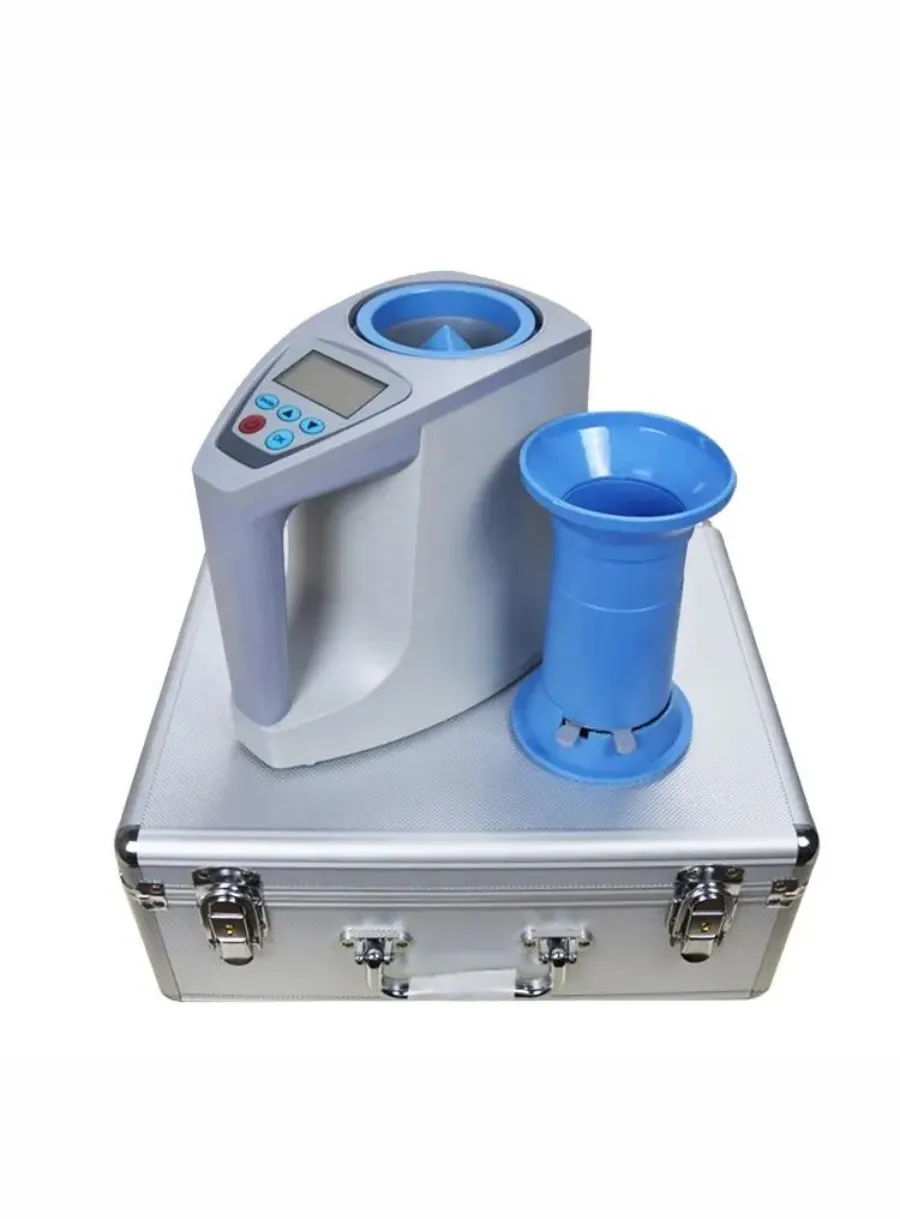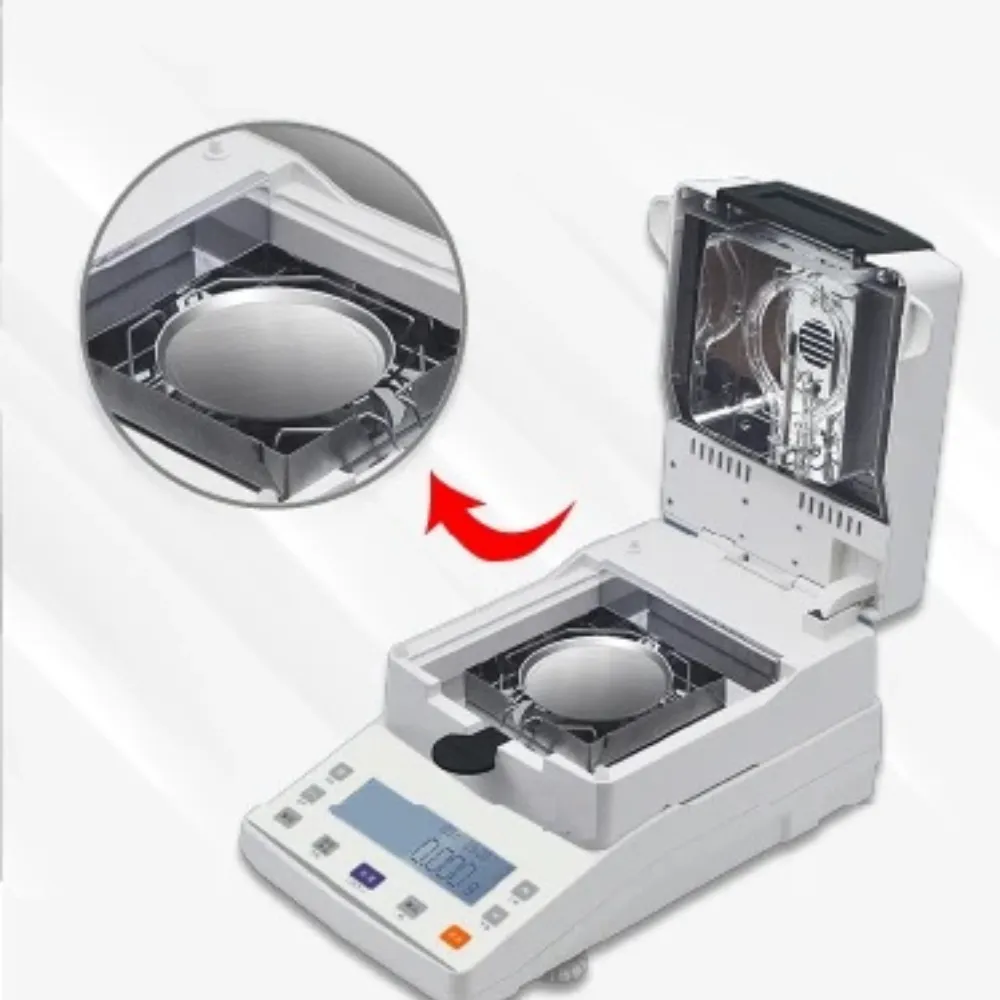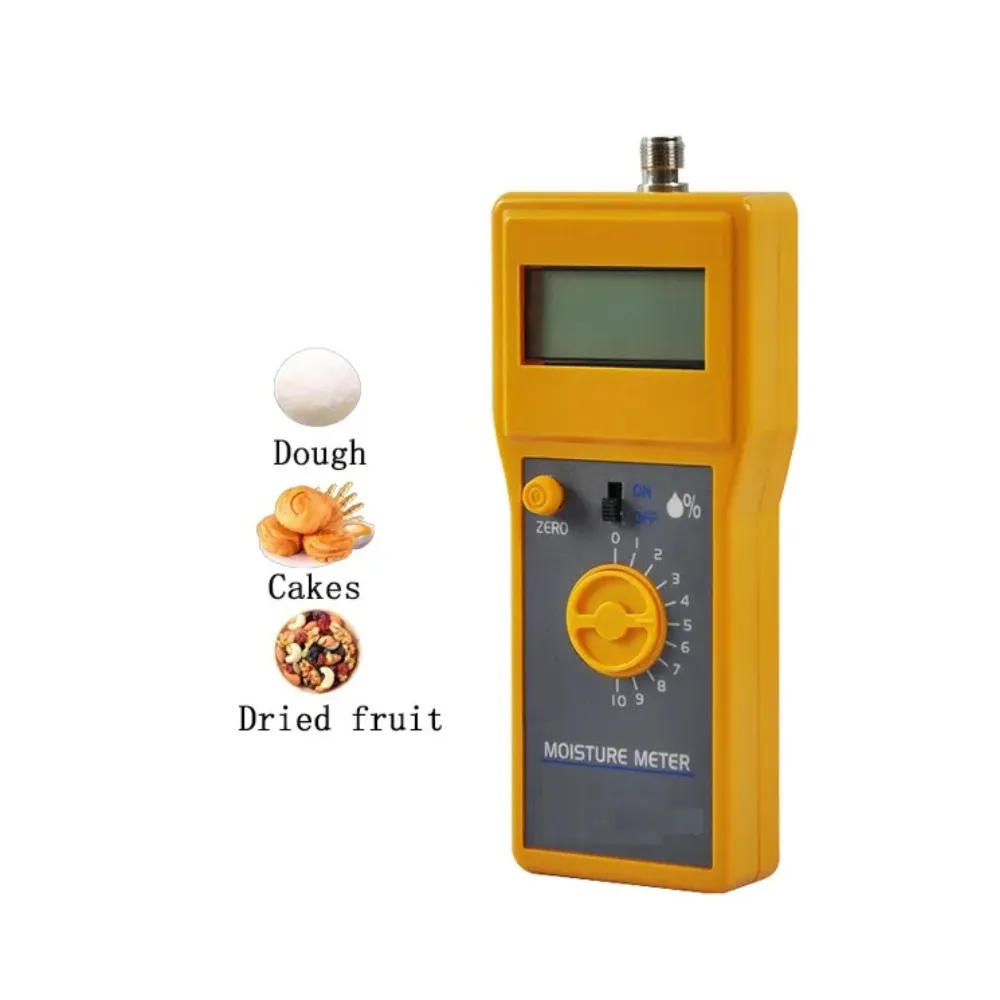
The Environmental Impact of Paper Moisture Meters: Sustainable Practices and Solutions
Table of Contents
Understanding Paper Moisture Meters and Their Role
Paper moisture meters are essential tools in the paper industry, as they help maintain the quality and consistency of paper products. However, the environmental impact of these devices should not be overlooked. In this article, we will discuss the environmental impact of paper moisture meters and explore sustainable practices and solutions to mitigate their negative effects.

Environmental Concerns: Production's Footprint
Firstly, it is important to understand how paper moisture meters work. These devices measure the moisture content in paper, which is crucial for determining the quality and performance of the product. By accurately measuring the moisture content, manufacturers can ensure that their paper products meet the required standards and specifications. However, the production of paper moisture meters can have a significant environmental impact. The manufacturing process requires the use of raw materials, such as metals and plastics, which can deplete natural resources and contribute to pollution. Additionally, the energy consumption during the production process can lead to increased greenhouse gas emissions.
End-of-Life Impact: Responsible Disposal
Furthermore, the disposal of paper moisture meters at the end of their lifecycle can also have negative environmental consequences. Many of these devices contain hazardous materials, such as batteries and electronic components, which can contaminate soil and water if not disposed of properly.

Sustainable Solutions: Eco-Friendly Design
To address these environmental concerns, the paper industry can adopt sustainable practices and solutions. One such solution is to develop more eco-friendly paper moisture meters that use fewer raw materials and consume less energy during the production process. This can be achieved through the use of recycled materials and energy-efficient manufacturing techniques.
Reuse and Recycling: Extending the Lifecycle
Another sustainable practice is to encourage the reuse and recycling of paper moisture meters. By designing devices that are easily repairable and have a longer lifespan, manufacturers can reduce the need for frequent replacements. Additionally, recycling programs can be implemented to collect and process used paper moisture meters, ensuring that valuable materials are not wasted.
Responsible Disposal: Minimizing Environmental Harm
Furthermore, the paper industry can work towards reducing the environmental impact of their products by implementing responsible disposal practices. This includes providing clear instructions on how to dispose of paper moisture meters safely and responsibly, as well as offering recycling options for customers.
Comments
Tags
Frequently Asked Question
Eco-friendly models prioritize recycled or sustainably sourced materials, energy-efficient manufacturing, and designs that are durable, repairable, and easily recyclable at the end of their life.
Check with your local waste management regulations, as they often have guidelines for electronic waste. Some manufacturers may offer take-back programs or partner with recycling facilities.
The paper industry faces challenges related to deforestation, water usage, chemical processing, and energy consumption. Sustainable forestry practices, water conservation, and cleaner production methods are crucial areas for improvement.
Consumers can choose recycled paper products, support brands with strong environmental policies, reduce paper consumption, and recycle paper products properly.


